Countries that time forgot
The Gilbert Islands, Serendib and the New Hebrides: they’re all places frequented by travellers but do you know where they are?
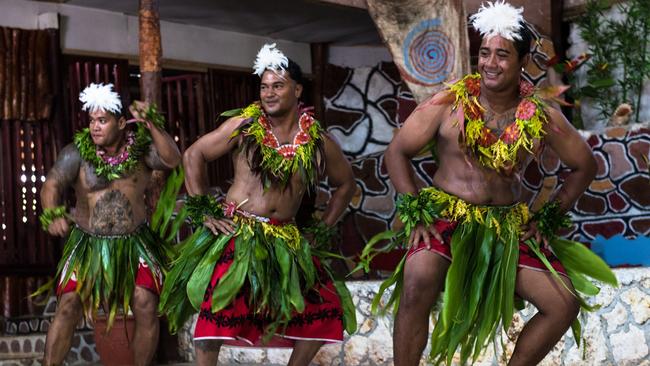
“Imagine there’s no countries”, goes the old song. It isn’t hard to do, especially if it was somewhere such as Serendib, Tanganyika or Taprobane. Much of the map of our world is layered with the scrawls and crossings-out that were once borders, states and nations. Here for an era and gone the next, consider these countries that have “disappeared”.
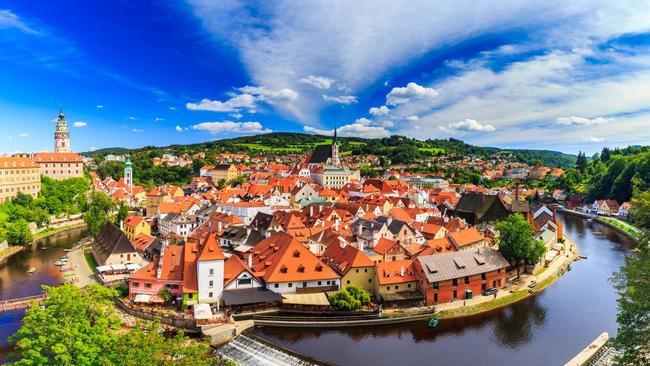
BOHEMIA
Europe’s shape-shifting kingdoms make Game of Thrones look as simple as Snakes and Ladders. Bohemia, now part of the Czech Republic, has variously been a duchy of Great Moravia, an independent principality, a kingdom within the Holy Roman Empire and part of the Habsburg realm. Shrink-wrapped as it may be, today’s Bohemia retains its glory in places such as fairytale Cesky Krumlov and Prague with its spires, domes and gothic towers. Meanwhile, the brand-name Bohemia has been appropriated by entities from crystal ware to Queen’s camp rhapsody. In the 1950s it went hip with the “bohemian” Beat Generation, then contracted to “boho”, and today survives derisively as “bobo”, a bourgeois bohemian.
BRITISH HONDURAS
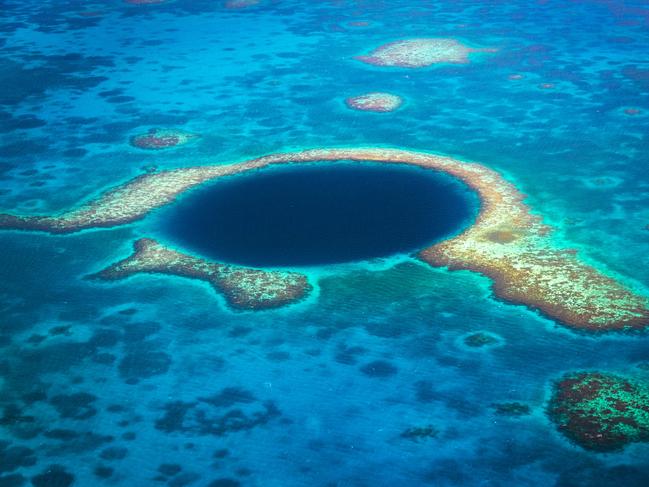
The grand Britannic prefix once spanned colonial outposts from Antarctica and Guyana to Heligoland. One outlier, British Honduras, was an anomaly of Anglophone ways and predominantly African genes that clung to the hem of Hispanic Central America for two centuries. Independence came in 1981 along with a new name, Belize. There’s something tongue-in-cheek in the national motto of this laidback, palm-fringed Caribbean country: Sub umbra floreo – “Under the shade I flourish”. Its barrier reef (second only in size to Australia’s) and coastal hideaways attract foreign tourists but Belize also sits unfortunately close to Latin America’s grim smuggling corridors. To invert an old neighbourhood lament, “… so far from God, so close to Mexico”.
THE FRIENDLY ISLES
Polynesia’s Kingdom of Tonga survived several rounds of Europe’s change-the-name game. First on the scene in 1643, Abel Tasman incongruously dubbed Tonga’s main island, Tongatapu, as Amsterdam and then compounded the misnomer by rebadging Nomuka Island in the Eden-like Ha’apai Group as Rotterdam. James Cook, visiting Ha’apai in 1777, was struck by the friendliness of its chiefs and declared these to be the Friendly Isles. Meanwhile, those amiable locals were debating where and when to kill the navigator. Their debate ran on unresolved for so long that Cook sailed away, none the wiser.
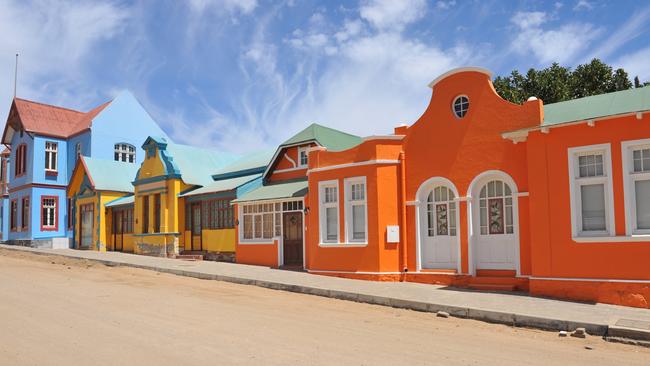
GERMAN SOUTH WEST AFRICA
Deutsch-Sudwestafrika was a colony for just three decades, 1884 to 1915, but the Prussian architecture, language and excellent strudel live on. Ochre dunes flow down from the Namib Desert to a spectacular Atlantic coast where towns such as Luderitz and Swakopmund still have avenues called Kaiser Wilhelmstrasse and Zeppelinstrasse. Following World War I, neighbouring South Africa administered this huge, diamond-rich territory but overstayed its welcome. In 1990, South West Africa gained its independence and a new name, Namibia. The kaiser’s colonial era was genocidally brutal but in today’s Namibia, its numerous tribes – Ovambo, Bushmen, Herero, Himba, Afrikaners and more – get along in fair accord.
GILBERT AND ELLICE ISLANDS
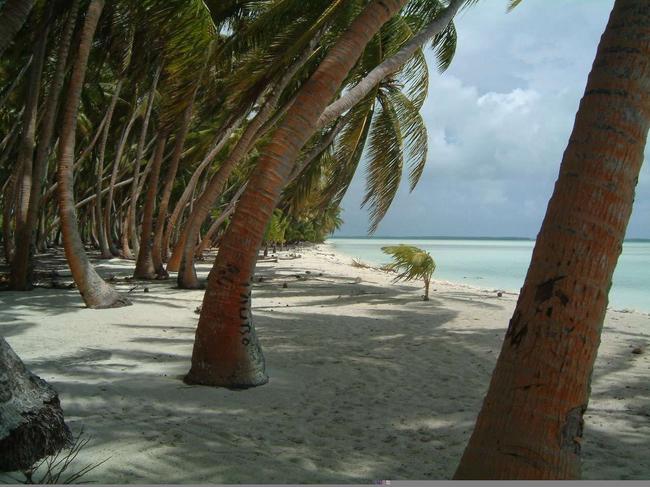
At last, no more Gilbert and Sullivan jokes. The people of these two mid-Pacific island groups were surely relieved in the late-1970s to shed their joint British colonial yoke and the attendant comic-opera name jokes. In 1606, Portuguese-Spanish navigator Fernandes de Queiros, the first European to sight the Gilbert Islands, named them Islas Buen Viaje. Later, they were briefly the Kingsmill Islands and thereafter remained the Gilberts. Today’s name, Kiribati, is the local rendering of Gilberts. Meanwhile, at independence, the nearby Ellice Islands ditched their obscure English name and the union with the Gilberts, and adopted their preferred Polynesian name, Tuvalu.
NEW HEBRIDES
Vanuatu, too, was name-tagged by de Queiros when, mistaking today’s Santo Island for not-yet-discovered Australia, he declared it to be La Australia del Espiritu Santo (the Southern Land of the Holy Spirit) and claimed it for Spain. In 1774, James Cook maintained the anglophony tradition of giving improbable new names to places with little resemblance to their namesakes when he christened these Melanesian islands the New Hebrides. Later coming under the joint control of ever-bickering colonial French and British desk-wallahs, the archipelago – Les Nouvelles-Hebrides to the French – was administered as a Condominium (sometimes called the Pandemonium) until 1980, when its 83 islands became today’s independent Vanuatu, Land Eternal.
RHODESIA
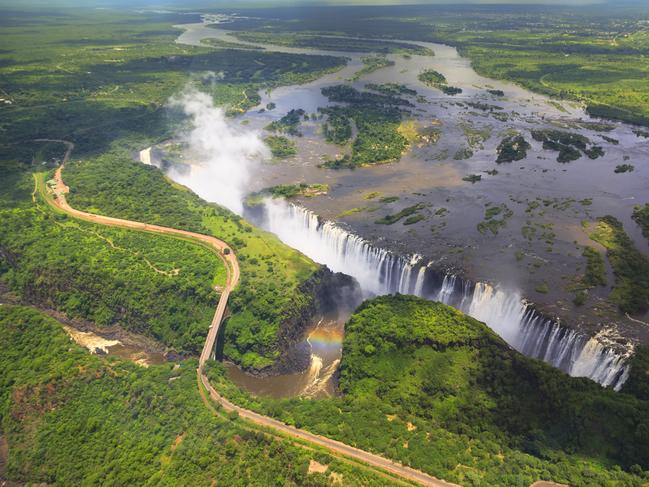
Imperial point man and diamond lord Cecil Rhodes bestrode late-19th century southern Africa so heavily, two British colonies were named in his footprints: Northern Rhodesia (1911-1964) and Southern Rhodesia (1923-1965). When the northern domain gained independence, it tossed the Rhodes tag to become Zambia, while the white minority-ruled southern state dropped its prefix to become Rhodesia. It also went rogue, with its old school leaders resisting black majority rule until 1980 when inevitable independence ushered in a new nation, Zimbabwe. Within a decade, the new mis-ruler, Robert Mugabe, was turning the former “breadbasket of southern Africa” into the region’s basket case.
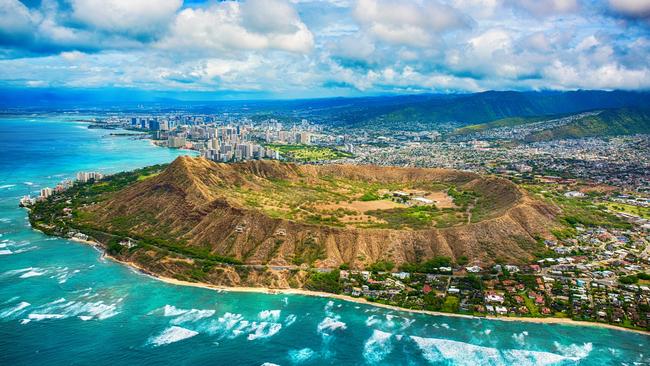
THE SANDWICH ISLANDS
If Cook’s New Hebrides bore scant resemblance to Scotland’s chilly “old” Hebrides, another lush Pacific archipelago that he mapped in 1778 bore even less likeness to its new namesake – a sandwich. What we now know as the Hawaiian Islands were named by Cook in honour of his patron and First Lord of the Admiralty, the Earl of Sandwich, a man who was literally a legend in his own lunchtime. Sandwich, a hardened gambler, invented the first known sanger, a slab of beef between two slices of toast so he could continue wagering without leaving the card table for meals. Hawaii’s Polynesian name was soon resurrected but Lord Lunchalot’s moniker lives on, albeit diminished, in the Atlantic’s uninhabited and inhospitable South Sandwich Islands.
SERENDIB
Before Sri Lanka renamed itself in 1972, it had been known, in reverse order, as Ceylon to Europeans, Serendib to Arabs and Taprobane to the Ancient Greeks. In legend, the island’s first visitor was humankind’s Ur ancestor Adam, whose alleged footprint is still venerated at Adam’s Peak. For Hindus, however, the giant footprint belongs to their man, Shiva. The first European gatecrashers were the Portuguese, who arrived in 1505, to be followed by the Dutch, who were then displaced by the British, who lingered until 1948. Sri Lanka, aptly described as “the tidy town version of India”, is still a place of parasols and tuktuks, Adam’s (or Shiva’s) Footprint and Buddha’s Tooth, not to mention good holiday resorts. Just off its south coast at Weligama Beach is a tiny wooded isle with a white villa. Once owned by American novelist Paul Bowles and visited by Kylie Minogue, the island has been Taprobane forever.
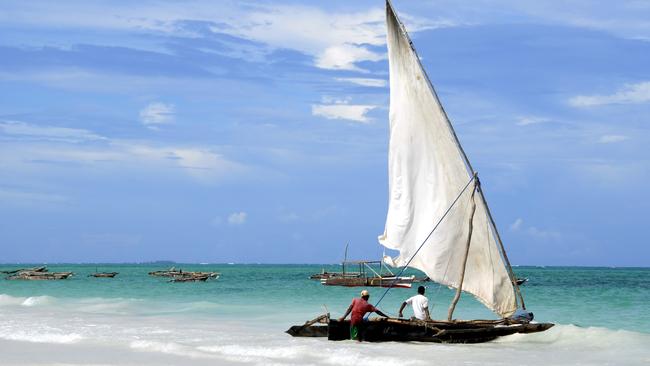
TANGANYIKA
This East African state, once German-controlled and later British, was alive with storied names like Kilimanjaro, Ngorongoro and Serengeti. Its Zanzibar Island was equally legendary, being the departure point for heroically whiskered Africa explorers such as Sir Richard Burton and Dr Livingstone. At times, this coast was shamefully rich with Arab sultans and other slave traders trans-shipping “black ivory”, African labour, to plantations in the New World. Tanganyika and Zanzibar married their names and futures in 1964 to become Tanzania. (”Smutsland”, honouring General Jan Smuts, just wouldn’t do.) The island’s World Heritage-listed Stone Town remains a place of wonders, including the grandiose, elephant-proof doors of its historic mansions; there were, however, never any elephants. More than anything, it was the birthplace, in 1946, of the most famous Zanzibarian ever, Farrokh Bulsara, aka Freddie Mercury.
Further reading: Harry Campbell’s Whatever Happened to Tanganyika? takes an informed stroll through what he calls “the Museum of Dead Place Names”.

To join the conversation, please log in. Don't have an account? Register
Join the conversation, you are commenting as Logout